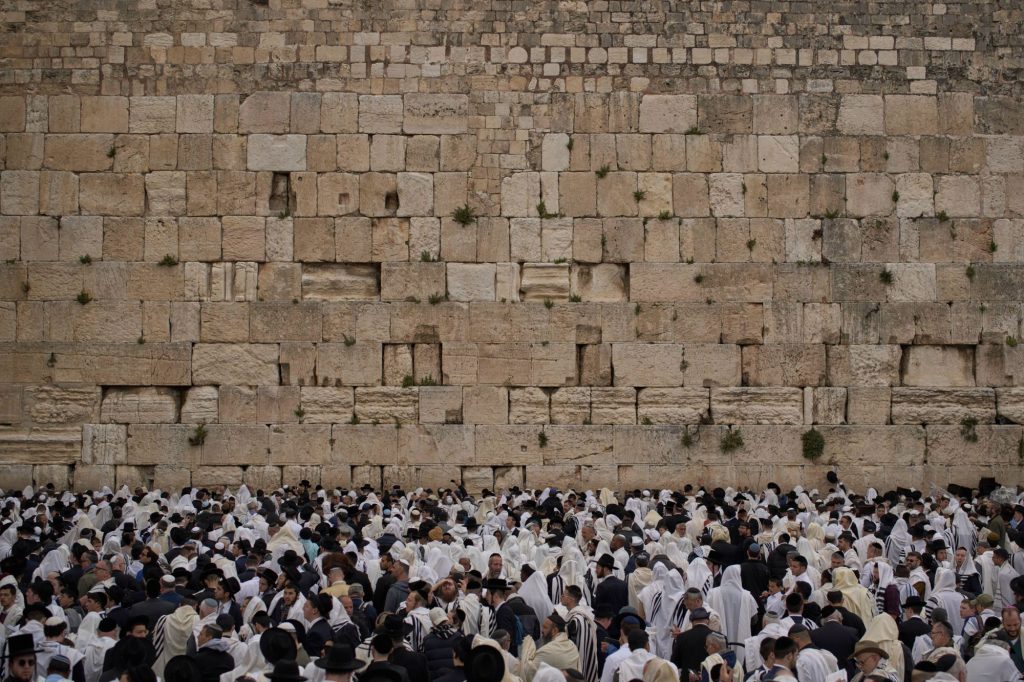Visiting Israel amidst the backdrop of ongoing tensions and recent conflicts offers a unique glimpse into a nation grappling with complex internal and external challenges. For two decades, Bicom has facilitated dialogue about Israel in British media by organizing visits for journalists. On one of the first trips since the October 7 attacks and the conflict in Gaza, I had the opportunity to witness firsthand the deep division and resilience within Israeli society, confronting whether victory manifests in security or broader peace.
Arrival and First Impressions
As I arrived in Jerusalem, the city was transitioning from the joyful celebrations of Purim. Despite the traffic congestion departing the city, the vitality and spirit of Jerusalem were palpable. My first night was punctuated by unexpected fireworks, a reminder of the festive spirits amidst the fraught political climate. The following morning, visiting the Old City provided a stark contrast—where history resonates within the ancient walls, yet present-day conflicts threaten to overshadow its tranquility.
Walking through the city, both Arabs and Jews moved like familiar neighbors, yet a prevailing silence enveloped the streets owing to the dual observances of Ramadan and Lent. The usual throngs of tourists were missing, a testament to the dampened tourism industry in the face of political unrest. Notwithstanding, the indomitable spirit of those residing in the Old City imbues every narrow alley with life.
Confronting Historical and Present Realities
A visit to Yad Vashem, Israel’s memorial to the Holocaust, emphasized the historical threads that define modern Israel. Our guide, with her detailed narrative, drew parallels and offered context to the nation’s unresolved tensions. As we ventured to the Knesset, the political tensions in Israel were on full display. Conversations surrounding Prime Minister Benjamin Netanyahu’s recent controversial decisions revealed the rifts within Israeli politics.
Despite differing views on leadership and democracy, everyone spoke with deep conviction, illustrating the intimate connection Israelis feel to both their history and their current socio-political landscape. The ongoing protests underscored a populace geared towards change, amidst varying visions of what future peace might look like.
Witnessing the Impact of Conflict
The following days were marked by an indelible journey towards the Gaza border. As we approached, vibrations from airstrikes were felt underfoot—a visceral reminder of the proximity to conflict. Conversations with locals in affected areas revealed harrowing tales of loss and adaptation to a new normal marked by regular disruptions and insecurities.
In communities once prosperous and thriving, such as Kibbutz Nirim, where population has dwindled dramatically since the war, resilience was evident but tempered by sorrow. Stories of swift evacuations and the immediate threat to life demonstrated the precarious balance between normalcy and crisis.
A Quest for Peace Amidst Despair
While exploring the Golan Heights and speaking with those affected by recent attacks, the dichotomy between yearning for peace and entrenched hostility became clear. Local narratives shared hope for reconciliation and a return to pre-conflict living, even as despair lingered over lost lives and futures cut short.
The omnipresence of memorials and continued advocacy for hostages signified a nation coping cleverly with the vestiges of conflict, endeavored amidst celebrations and everyday pursuits. Voices of former captives, though marred by trauma, carried a hopeful message of peace, challenging despair with their stories of endurance and unity.
The juxtaposition of wartime narratives with mundane evening activities, like enjoying dinner by the Sea of Galilee, highlighted the resilience and persistence of day-to-day life in Israel despite the looming shadows of conflict.
